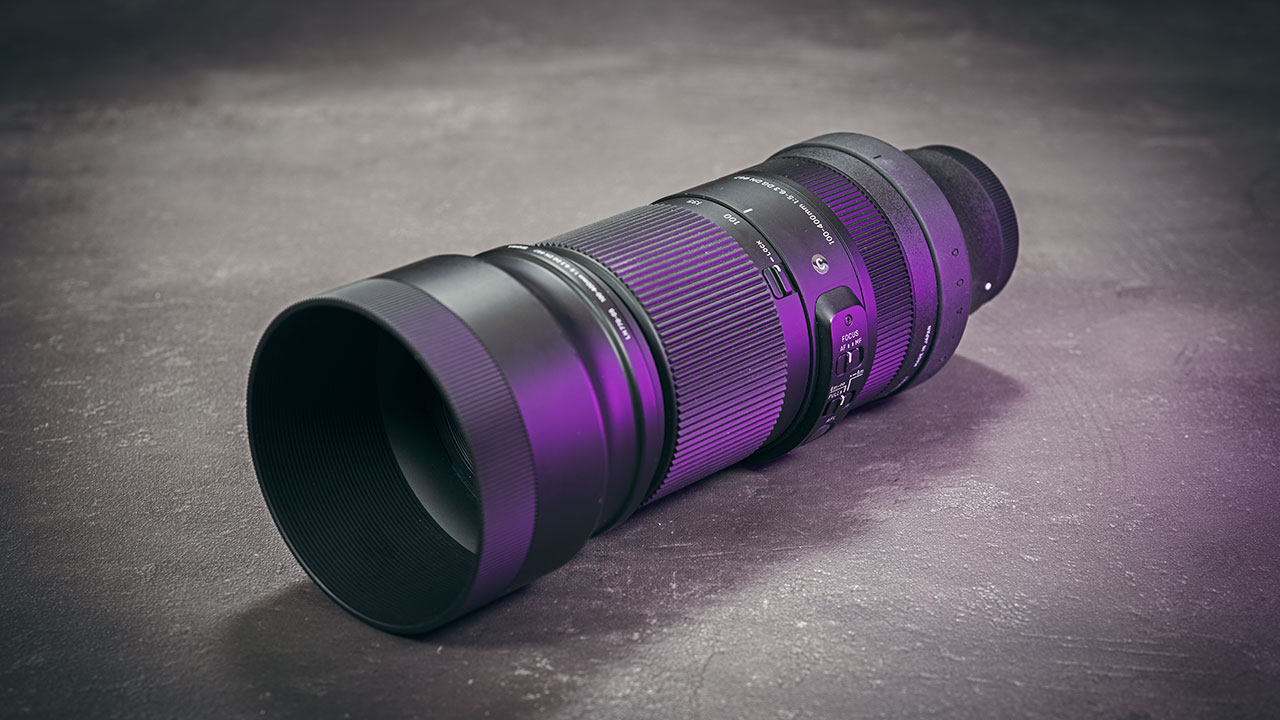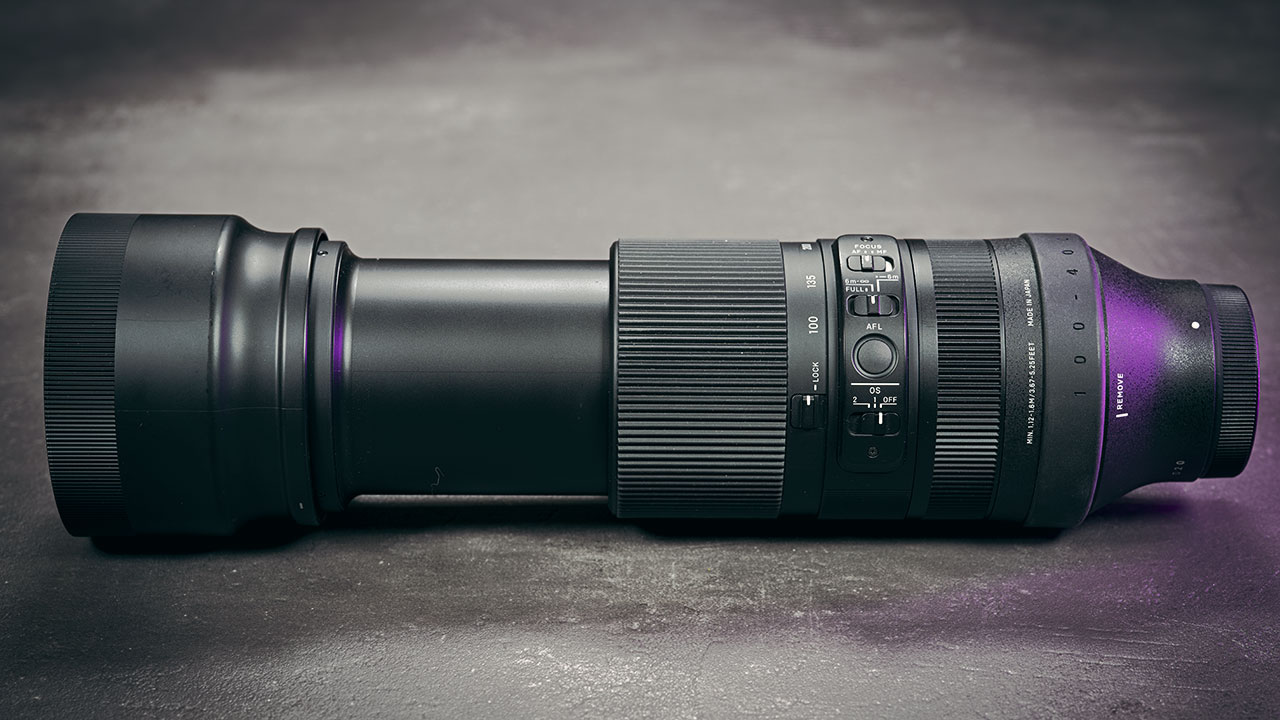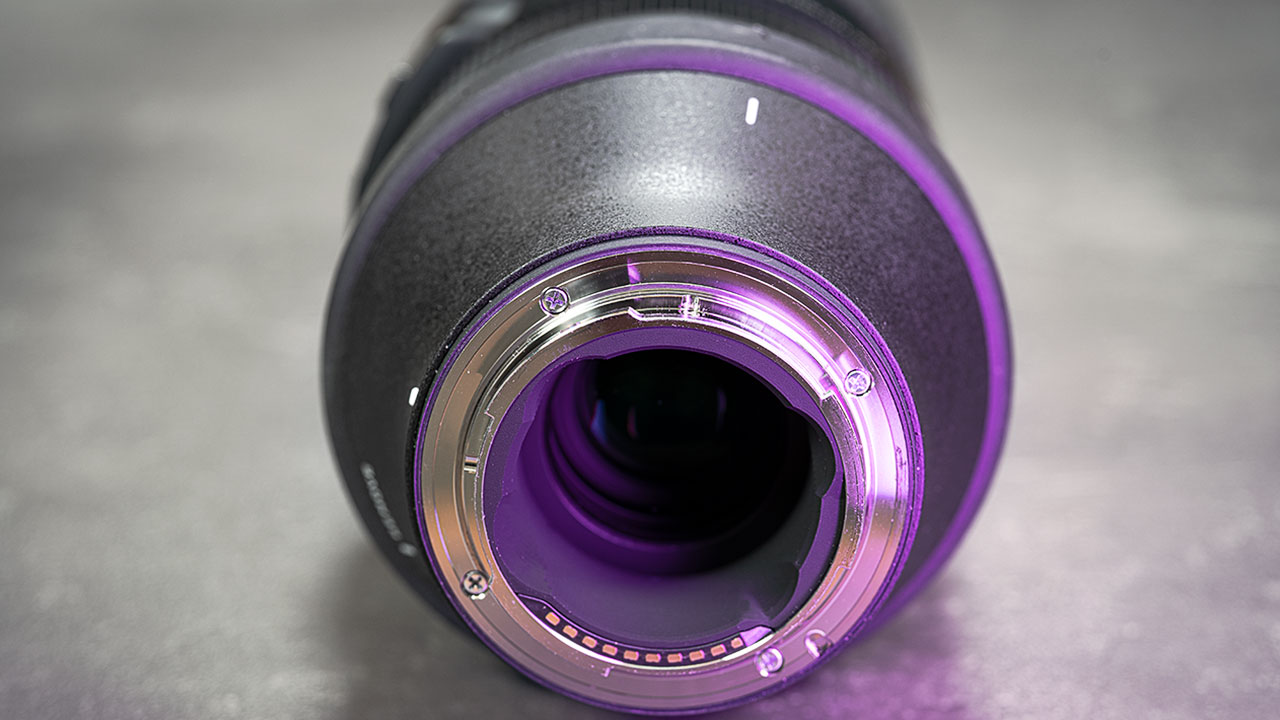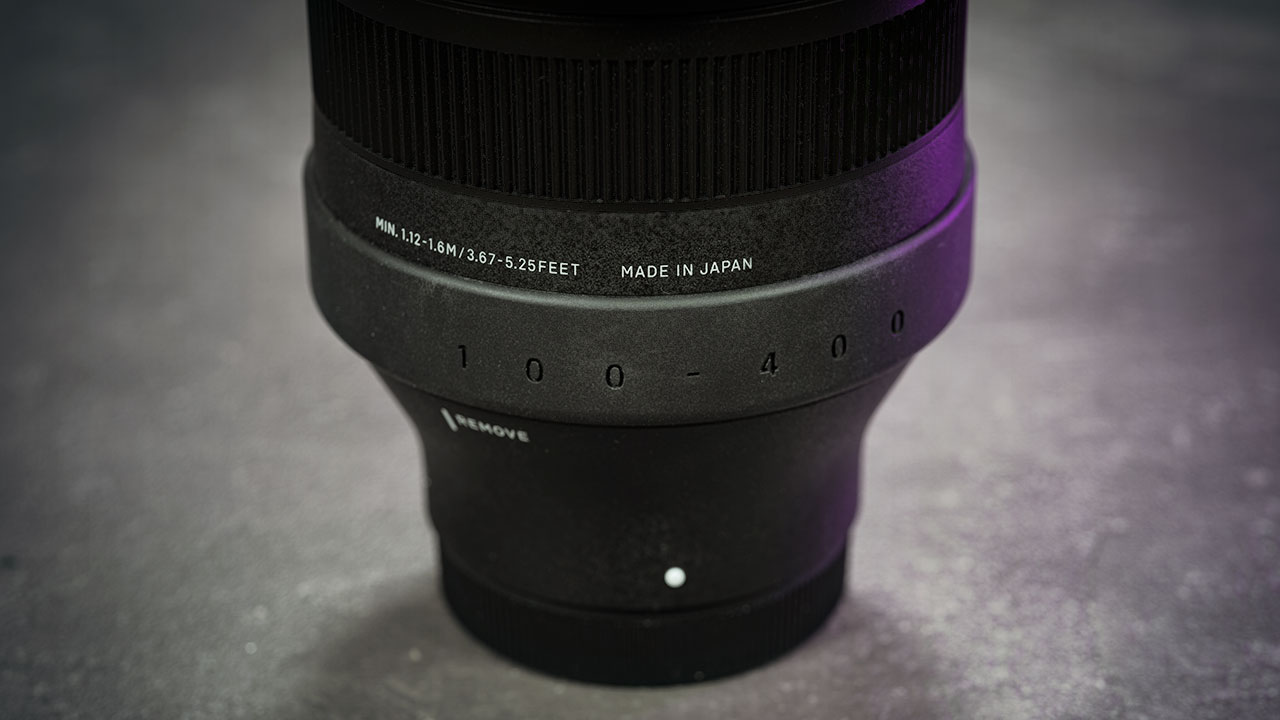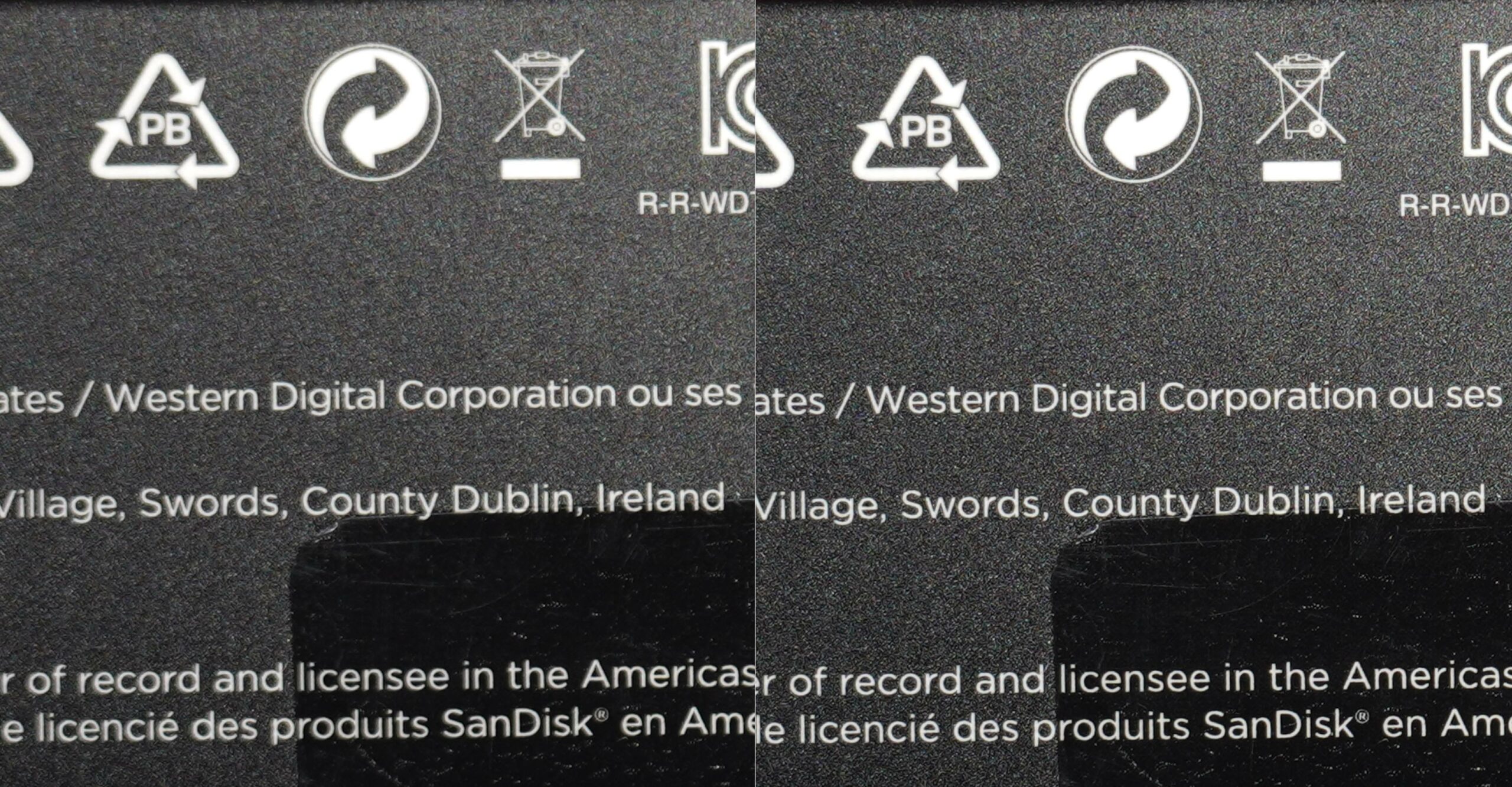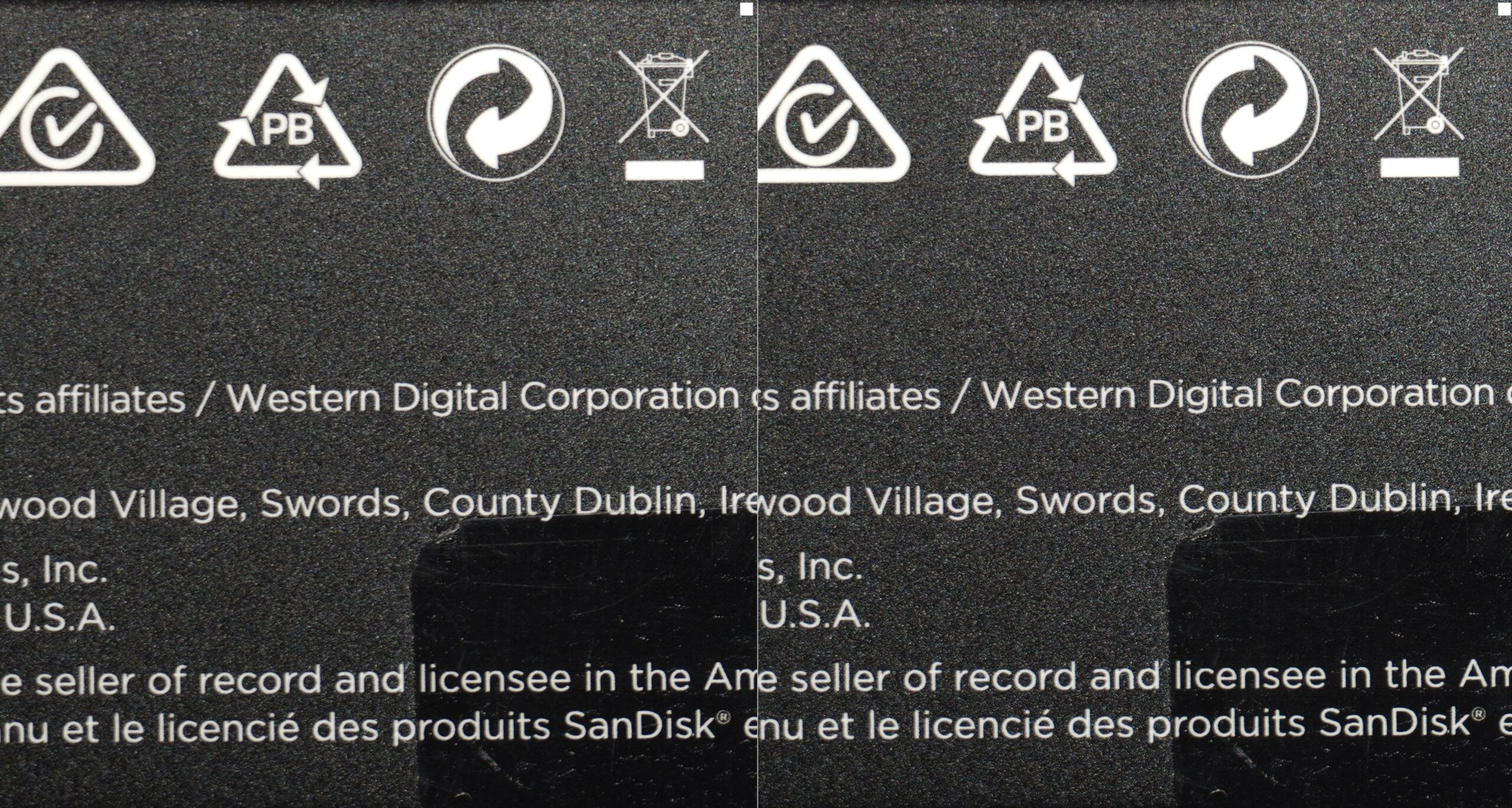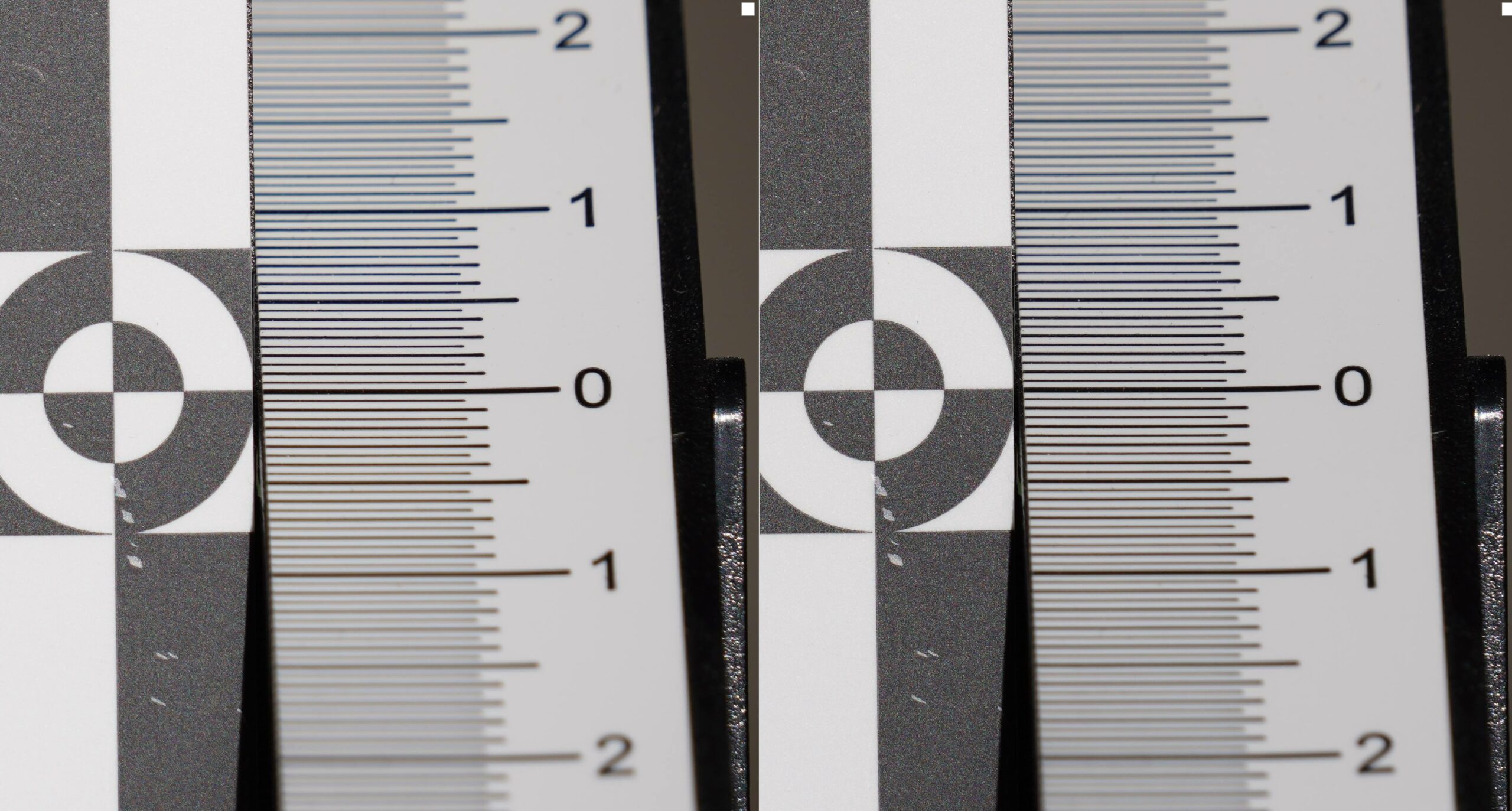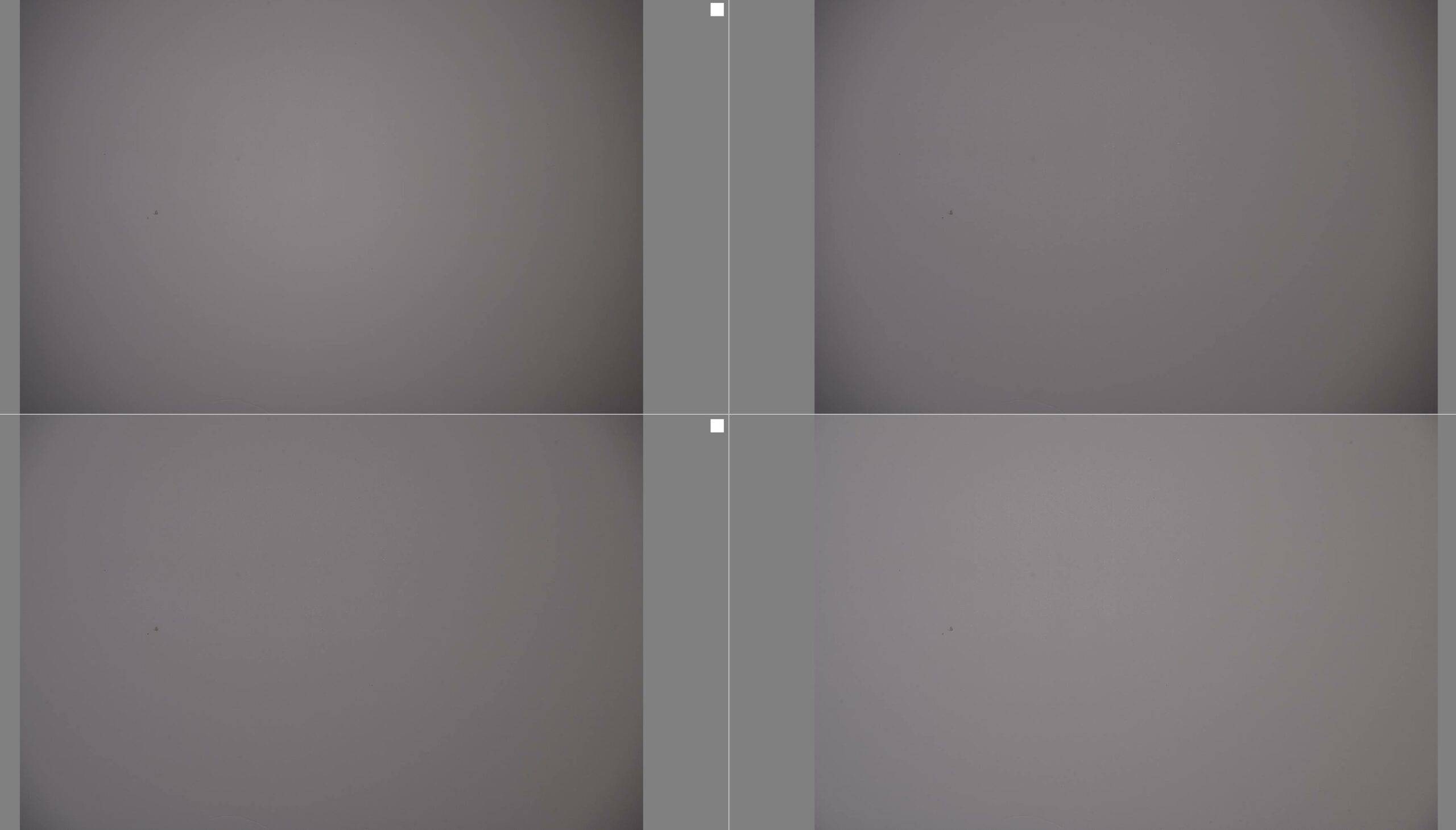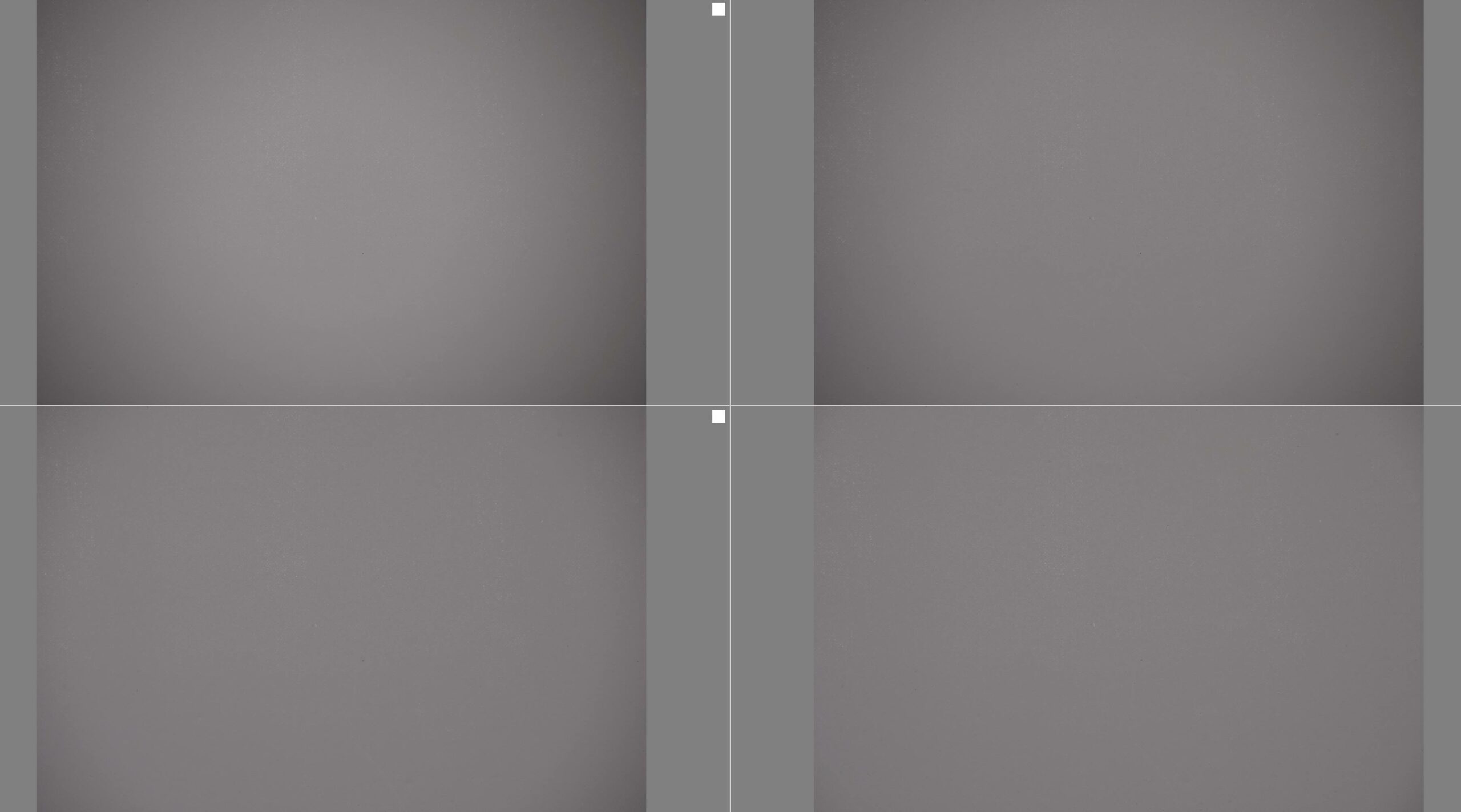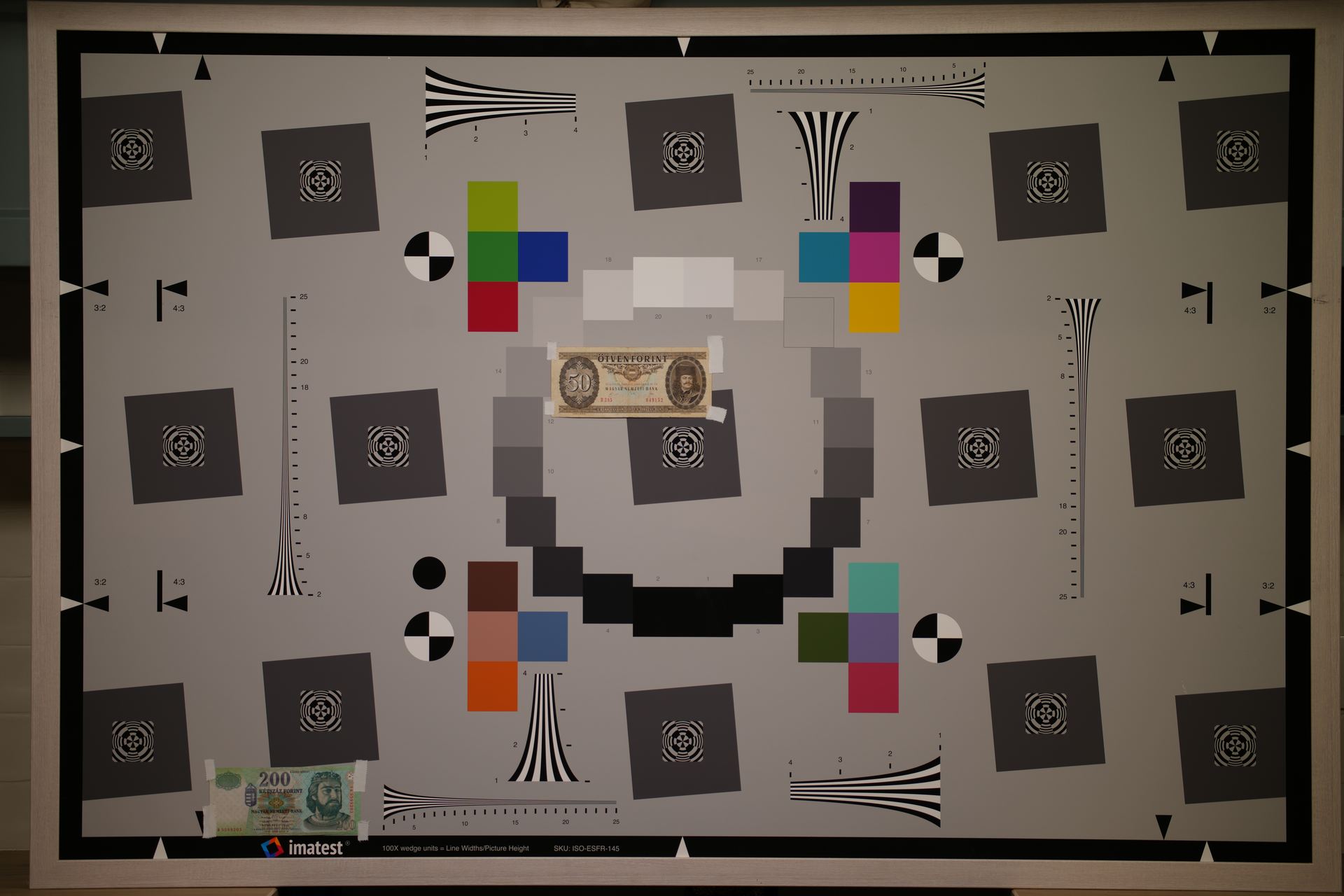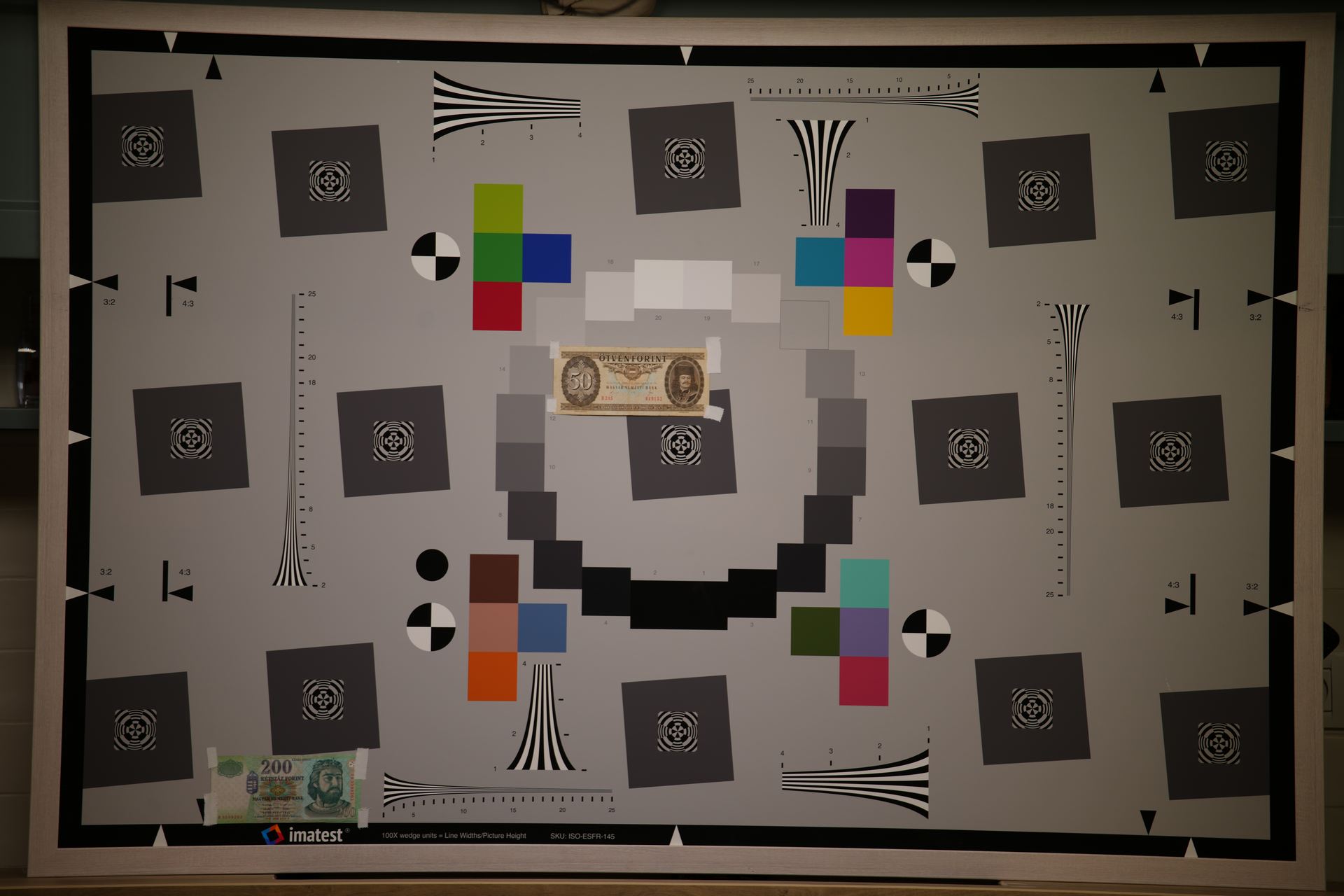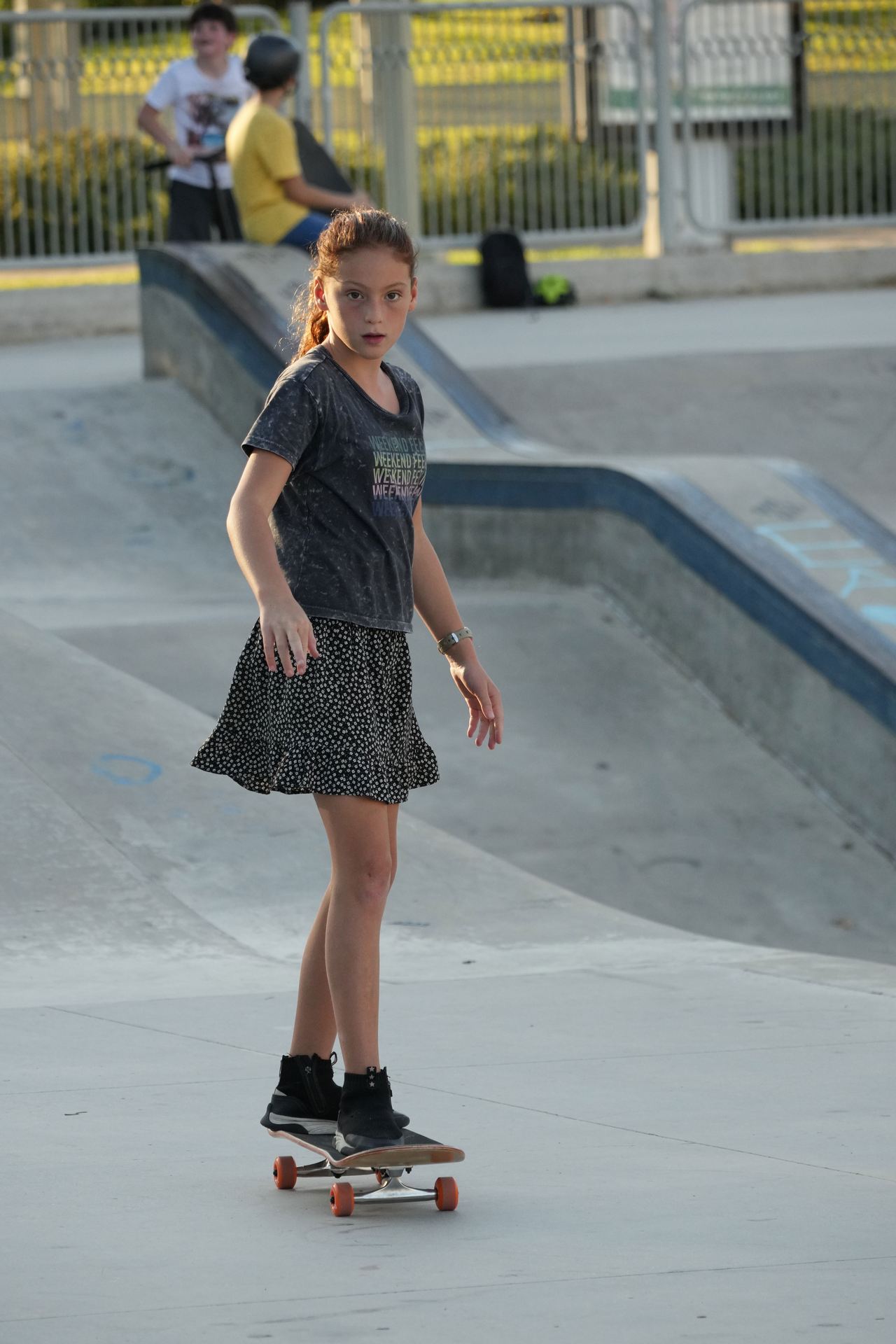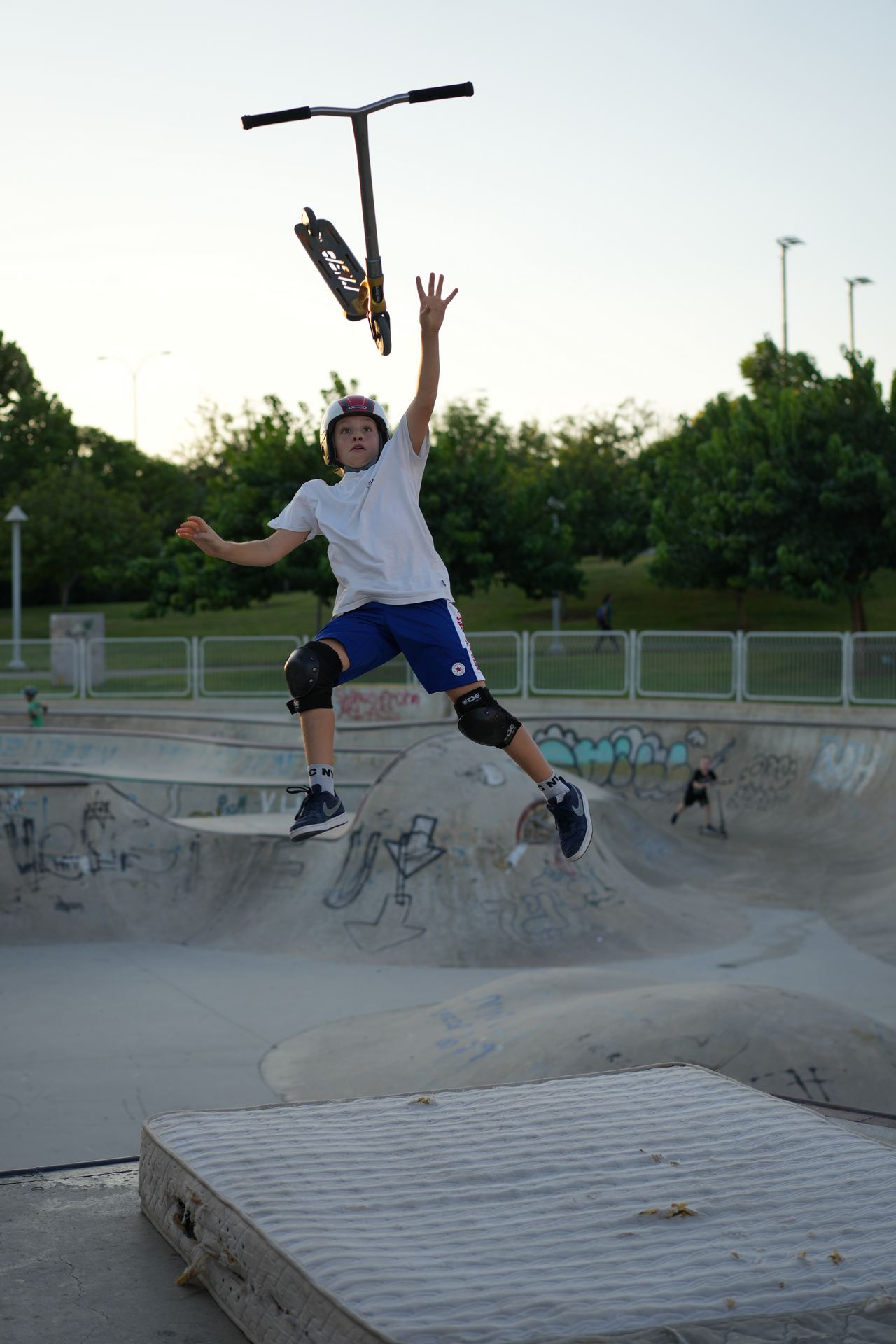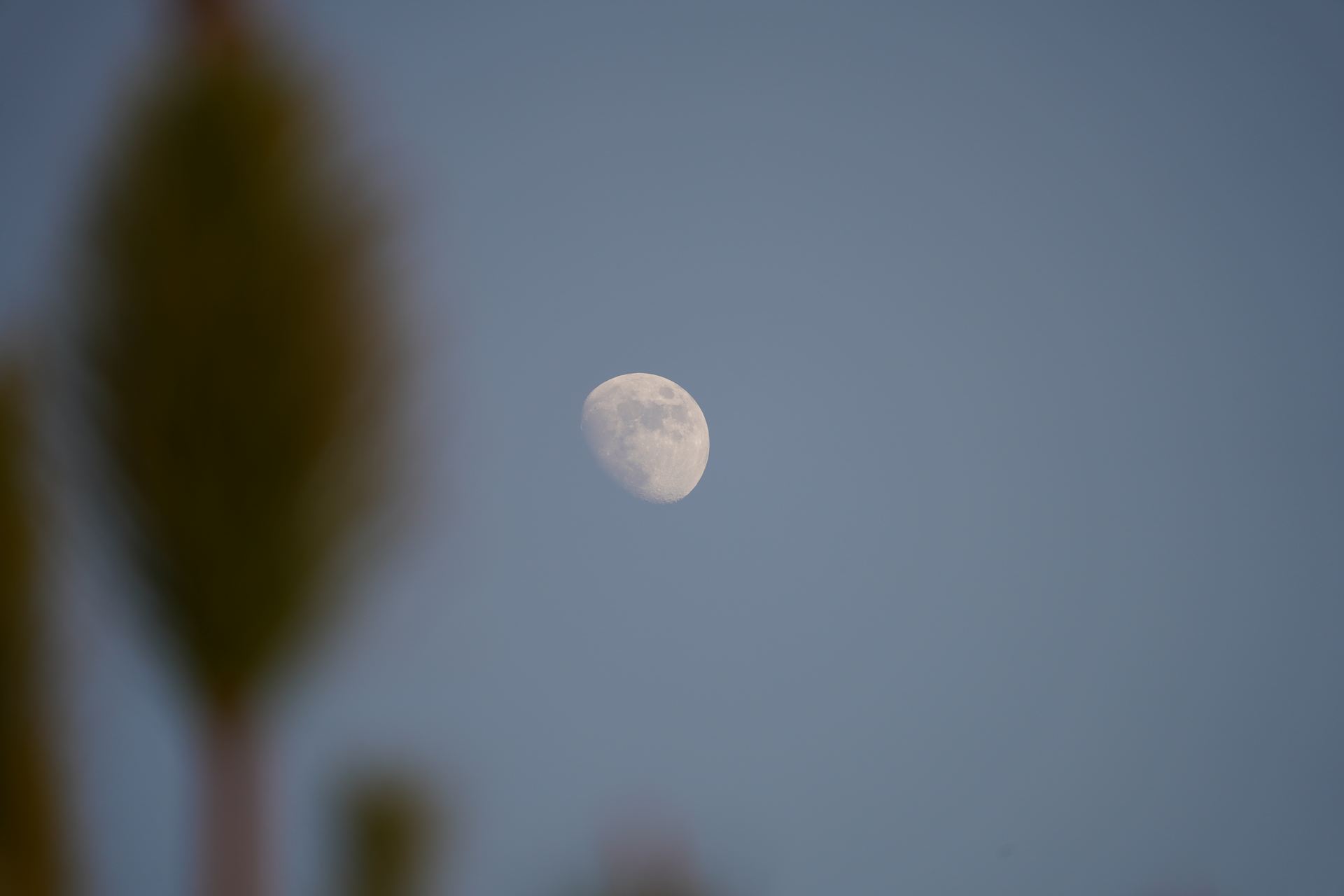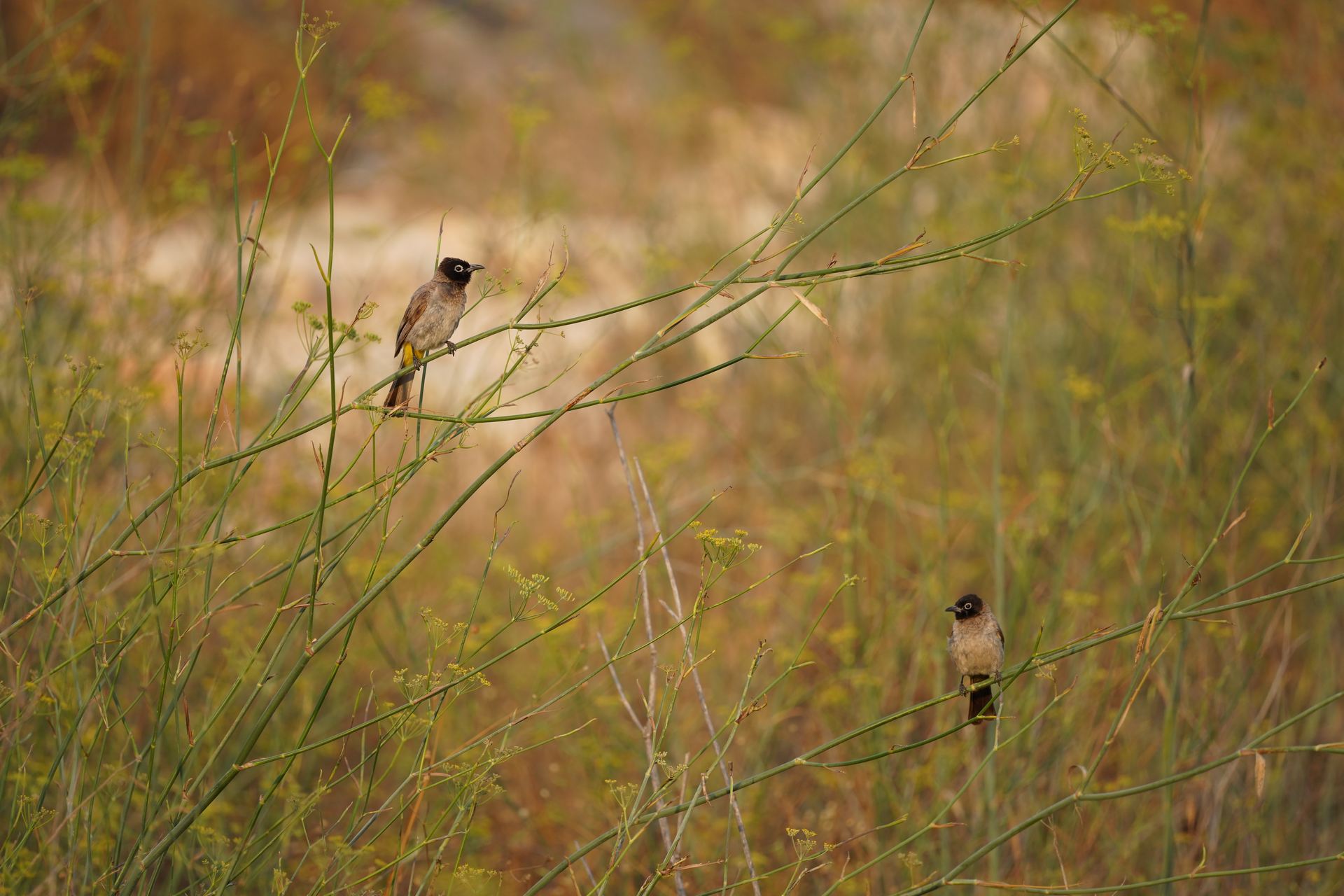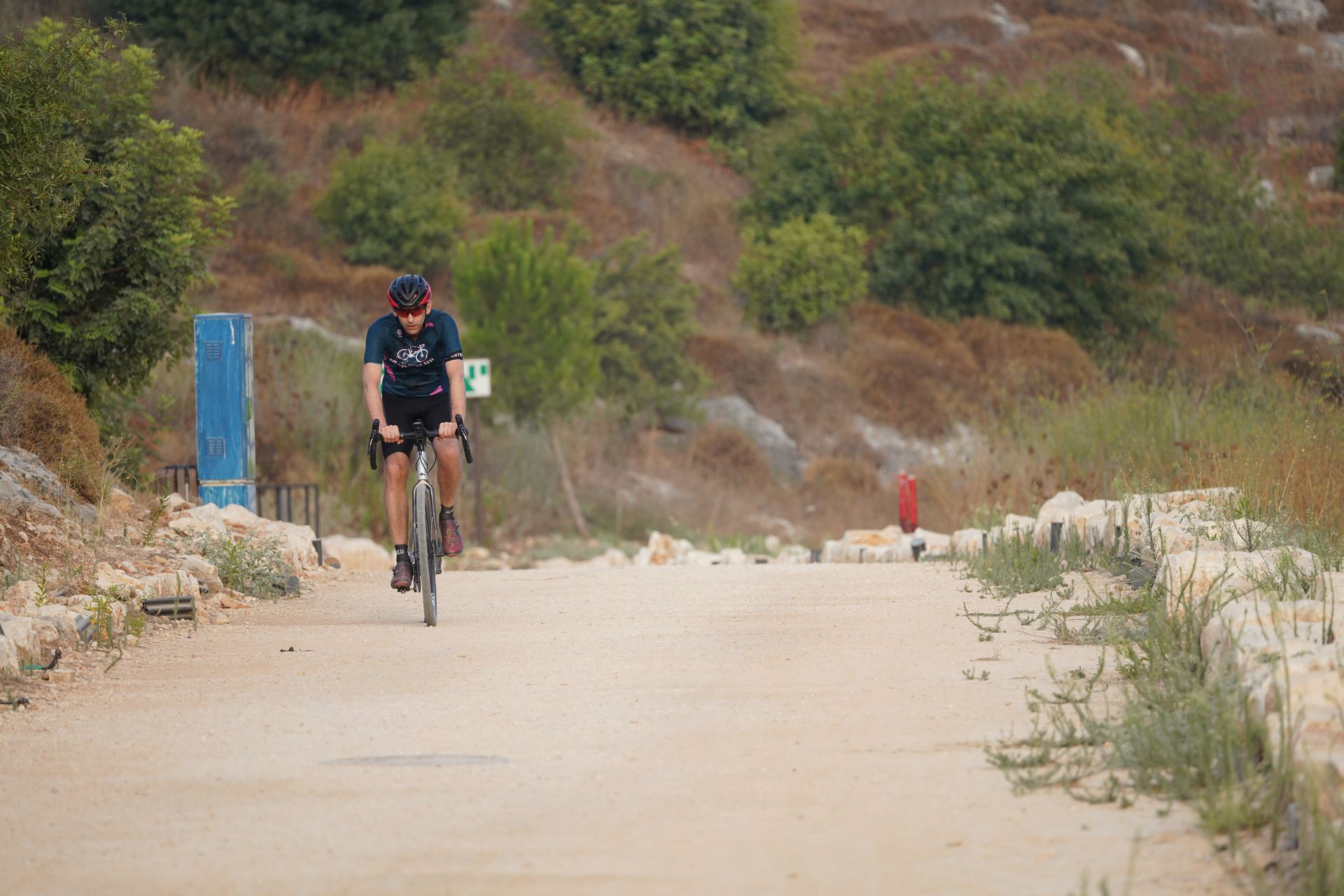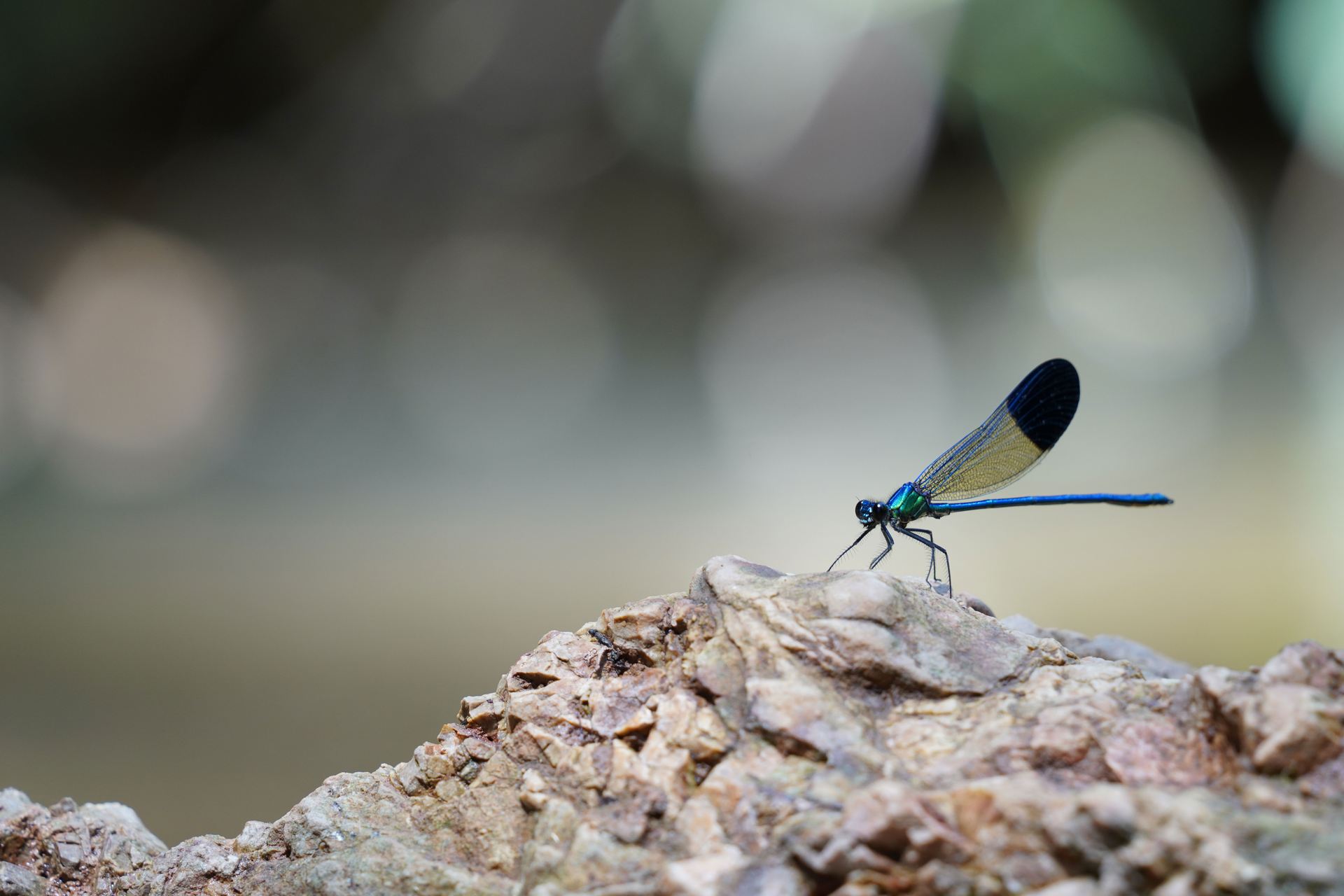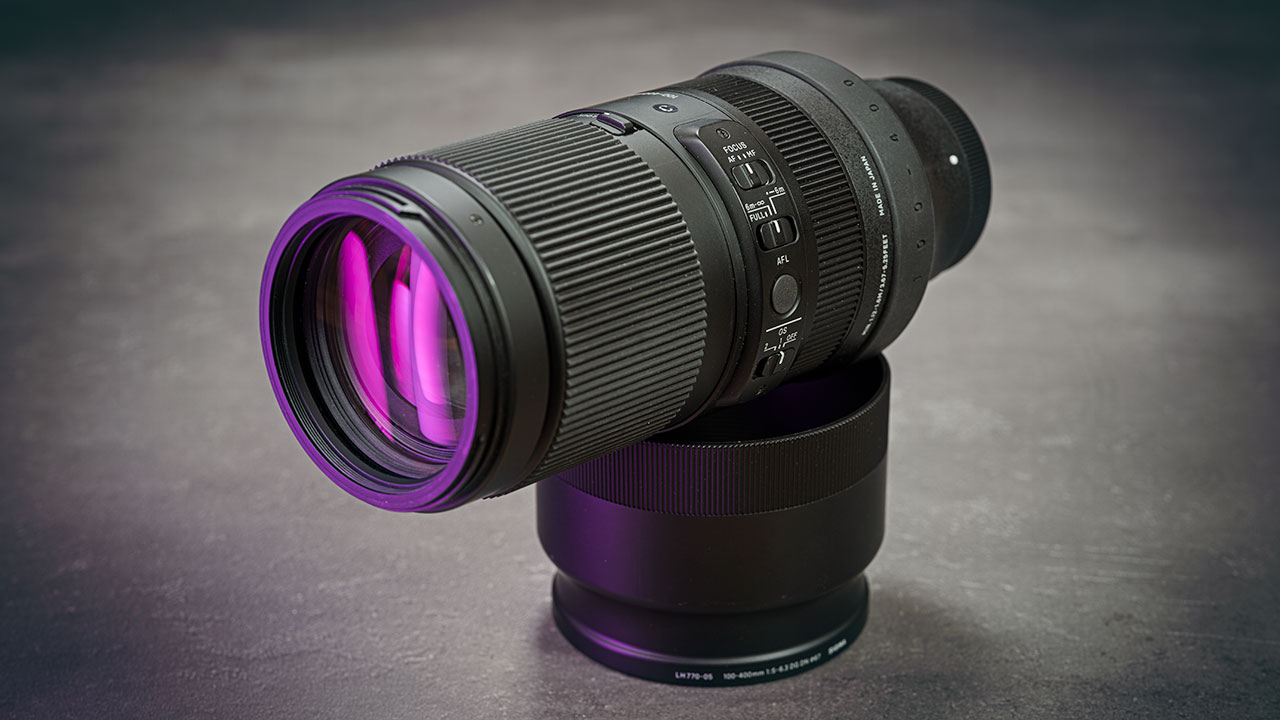Today we are doing our second long telephoto zoom lens review. After we tested the Tamron 150-500mm lens, today we will be looking at another zoom telephoto lens with a very different set of features – the Sigma 100-400mm F5-6.3 DG DN OS Contemporary lens.
Build and design
Optical Design
The lens has a complex optical design with 22 elements in 16 groups including four SLD and one FLD elements. Interestingly this design is different than that of the Sigma 100-400mm version for DSLR cameras that we tested back in 2017.
The Sigma 100-400mm F5-6.3 DG DN OS Contemporary Lens
Materials
The lens is well built mostly from hard plastic with some parts made from magnesium where extra strength is needed but still maintaining a low weight.
Size and weight
Maybe the best physical aspect of this lens is its weight. At only 1135g it is about 250g lighter than the already lightweight Sony 100-400mm. Although to be fair this is not an accurate comparison as the Sony does come with a foot (which you can only partially remove) while the Sigma doesn’t come with one out of the box (the Sony is also a tiny bit faster).
In terms of length:
- No hood, close – 21cm / 8.25”
- No hood, fully extended – 29cm / 11.5”
- Hood – 7.5cm / 3”
The lens open with the hood
Rings
The lens has two rings, closer to the camera there is a fairly narrow focus ring and a wider zoom ring further away.
Both rings have a good amount of resistance and feel nice in the hand. We didn’t see any zoom creep with our samples of the lens.
Buttons and switches
The lens has several buttons and switches. On the left, you have an AF/MF switch, a focus limiter with 3 modes (full, 6m to infinity, and zero to 6m), and a 3-mode image stabilization switch (mode 1/2 and off).
There is also a programmable AFL button and a travel lock switch to prevent the lens from opening by accident.
The different buttons and switches on the Sigma 100-400mm
Sealing
The lens has a seal on the back near the mount, we are unsure of any other seals in the lens body.
Mount
The lens currently comes in two mount options: a Sony E mount (with full-frame coverage) and an L mount for full-frame Sigma, Leica, and Panasonic cameras.
Two mount options
Hood
The lens comes with a fairly deep plastic hood with inside and outside grooves.
Aperture
The lens has nine rounded aperture blades.
If you were interested the lens has the following apertures at different focal lengths:
- 100 = f/5
- 200 = f/5.6
- 300 = f/6.3
- 400 = f/6.3
Filter
The lens has a fairly small front element for its class with a 67mm front filter thread.
Foot
The lens doesn’t come with a collar but instead has a removable rubber ring which when taken off can accommodate the optional Sigma TS-111 collar with Arca style base which is actually fairly expensive at $130. Luckily there are already some much more affordable 3’rd party option collars for this lens.
We didn’t have a chance to test the Sigma collar or any of the 3’rd party ones yet, but we have to say that given its size and weight this lens can certainly be used handheld without a collar all day with relative ease and we have done so many times. For maximum results, however, a monopod or tripod is always advisable.
The rubber band over the lens collar connectors
Performance
Auto Focus
The Sigma 100-400mm DN version that we are testing here was designed specifically for mirrorless cameras and the focus is indeed fairly fast and quiet on both our A7R IV and our A1.
With that said, we had miss focuses here and there with both our cameras and we can’t say that the focus is quite on the same level as a native Sony lens.
Image Stabilization
The lens has a built-in 4 stop (official) image stabilization mechanism. It has three modes – Mode 1 is for general purpose use, mode 2 is for panning and off. We found it to be quiet and fairly effective even at 400mm and it seems to be the consensus with other reviewers as well.
What we found however especially with the first sample of the lens that we tested for several months in 2020 was increased camera battery consumption when using the OS on both modes on our A7R IV – above and beyond what we are used to with other similar lenses on this camera.
It is not easy to quantify and we didn’t see this as a comment with other users and Sigma had nothing useful to say about this, so we leave this one open.
Sharpness
As we normally do, we tested the sharpness using our special large professional Imatest high-end chart (this time around we added some bills with lots of small details which we think are useful to really see differences in sharpness at very high resolutions).
Like our 150-500mm lens testing this proved difficult as we barely had enough room even in our large studio at 400mm. At 100mm at the center of the frame, the lens is a little soft wide open at f/5. Closing down to f/8 improves the image and around f/11 you get the most out of this lens.
Sharpness at 100mm center (300%) – top left – f/5, top right – f/8, bottom left – f/11, bottom right – f/16
The situation is very similar in the corners with some softness wide open and gradual improvement between f/8 and f/11.
Sharpness at 100mm corner (300%) – top left – f/5, top right – f/8, bottom left – f/11, bottom right – f/16
At 400mm sharpness wide open in the center is not high and you need to close down to between f/8 and f/11 to get maximum sharpness. The corners also seem the sharpest around f/8.
Sharpness at 400mm center (300%) – top left – f/6.3, top right – f/8, bottom left – f/11, bottom right – f/16
Sharpness at 400mm corners (300%) – top left – f/6.3, top right – f/8, bottom left – f/11, bottom right – f/16
Minimum focus distance (sharpness close up)
We tested the lens and discovered a minimum close focus distance of 1.1m and if you are ready to shoot in manual focus you can even go down to:
- 100mm = 97cm focus distance
- 400mm = 158cm focus distance
The maximum magnification is also fairly good with a ratio of 1:4.1 (Sigma’s DSLR version of the lens had a somewhat better close up at 1:3.5), not quite macro but decent for a zoom telephoto lens of this type.
In terms of sharpness, at 100mm wide open at f/5 the center is fairly sharp with a slight increase in f/8, the corners and not that sharp at both apertures.
Close up sharpness at 100mm, center (200%) – left – f/5, right – f/8
At 400mm we see good sharpness wide open at f/6.3 both in the center and edges with visible improvement at f/8 and another small improvement at f/11.
Close up sharpness at 400mm, center (100%) – left – f/6.3, right – f/8
Breathing
This lens has very little focus breathing based on our testing (see our video above).
Chromatic Aberrations
In our testing, we found almost no trace of longitudinal chromatic aberrations at 100mm or 400mm both in the center and corners even wide one – well done Sigma.
100mm, center (200%) – left – f/5, right – f/8
400mm, center (80%) – left – f/6.3, right – f/8
Flare
When it comes to flare, we saw a little more than we are used to with these types of lenses at both 100mm and 400mm even with the hood, so try to avoid direct light sources as much as you can (see our video above).
Vignette
The lens has quite a significant vignette at both 100mm and 400mm with the camera correction turned off even all the way up to f/11.
Vignette at 100mm – top left – f/5, top right – f/8, bottom left – f/11, bottom right – f/16
Vignette at 400mm – top left – f/6.3, top right – f/8, bottom left – f/11, bottom right – f/16
Barrel distortion
At 100mm with the camera correction turned off there is visible pincushion distortion with the lens.
Barrel test at 100mm
At 400mm there is a very prominent pincushion distortion so we highly suggest that you keep those camera corrections turned on with the lens.
Barrel test at 400mm
Bokeh
Looking at the Bokeh at 400mm you can see that even close to the center at f/6.3 the light circles are not round. However, closing to f/8 you don’t only get cleaner circles but also rounder ones near the center of the frame.
Bokeh at 400mm – left – f/6.3, center – f/8, right – f/10
Sample images
Over the many months, we used both our copies of this lens for thousands of shots taken with the A7R IV and with our A1 and you can see some of them here (only resizing/cropping was used here).
Conclusion
We have used the Sigma on and off over the past year or so both with our Sony A7R IV and more recently with our Sony A1.
We really love how light this lens is for a 400mm zoom lens. The build quality is good and it is easy to handle and work with. It had relatively little breathing, CA is very well controlled, and close-up sharpness is good (especially if you close down a stop or so).
Lightweight and affordable but not without its flaws – Sigma 100-400mm F5-6.3 DG DN OS Contemporary
On the downside, flare performance can be a little better but the two things that we felt needed improvement more than anything are the AF performance (even on our A1 with the most recent firmware installed) and sharpness, which was lacking wide open on our two high megapixel bodies.
With both our copies of the lens (we used two copies at different time periods in the past year) we had to close down to between f/8-f/11 for good center sharpness and sometimes even slower for good corner sharpness.
In our view, these numbers are too slow to work with for fast-moving subjects in anything but the brightest conditions and they limit the usability of the lens considerably and you should keep this in mind if you are looking to invest in this lens.
Pricing
Sigma had made this a very affordable option for those looking to get into the long telephoto game on E or L mount. The lens currently sells for $950 and if you want to original foot you will need to add an extra $130 (a kit would make sense but we could not find one at this time).
You can check out more LensVid exclusive articles and reviews on the following link.

You can support LensVid by shopping with our affiliate partners
Affiliates: Amazon, B&H, Adorama and E-bay.
Why should you trust us?